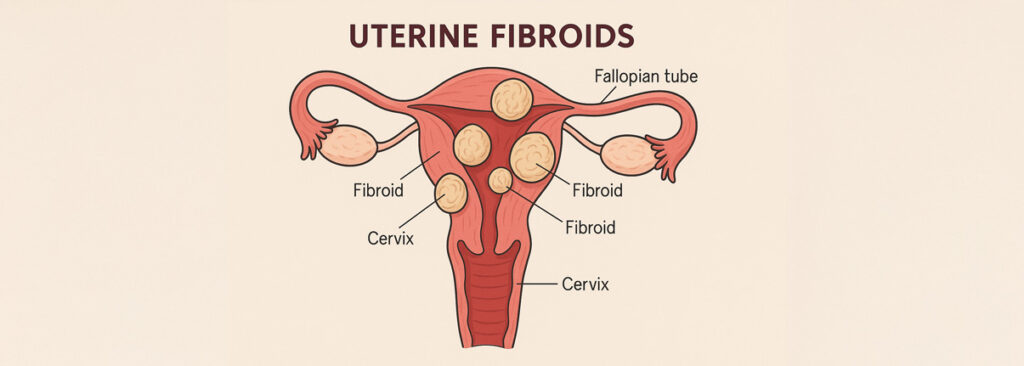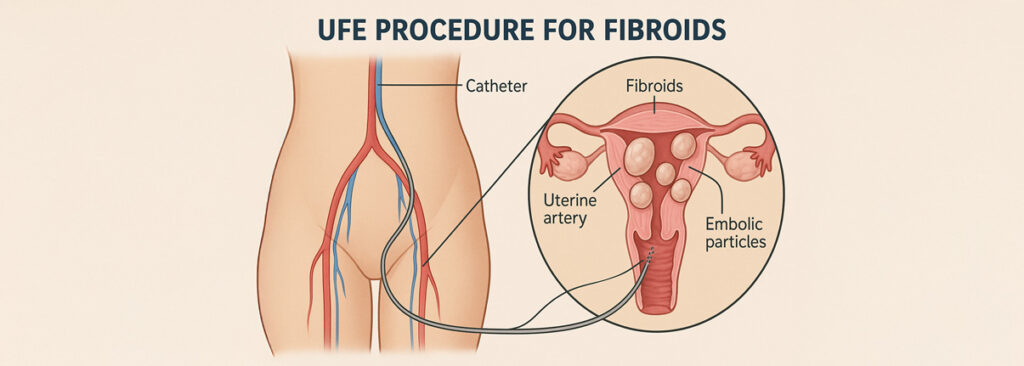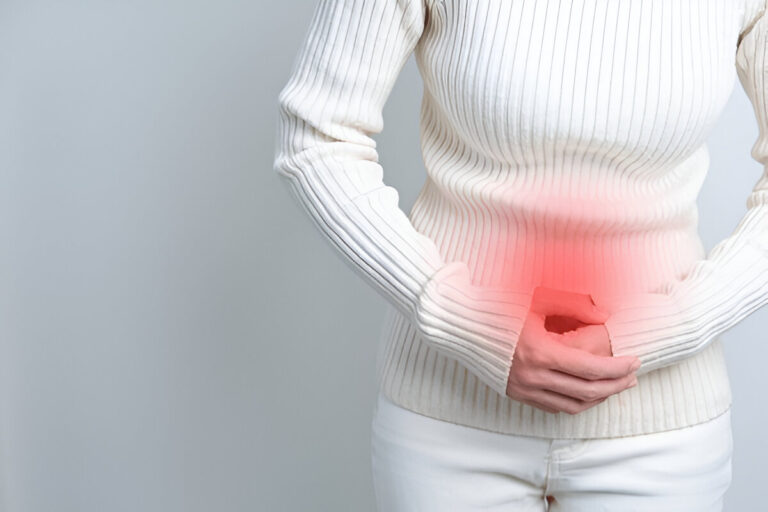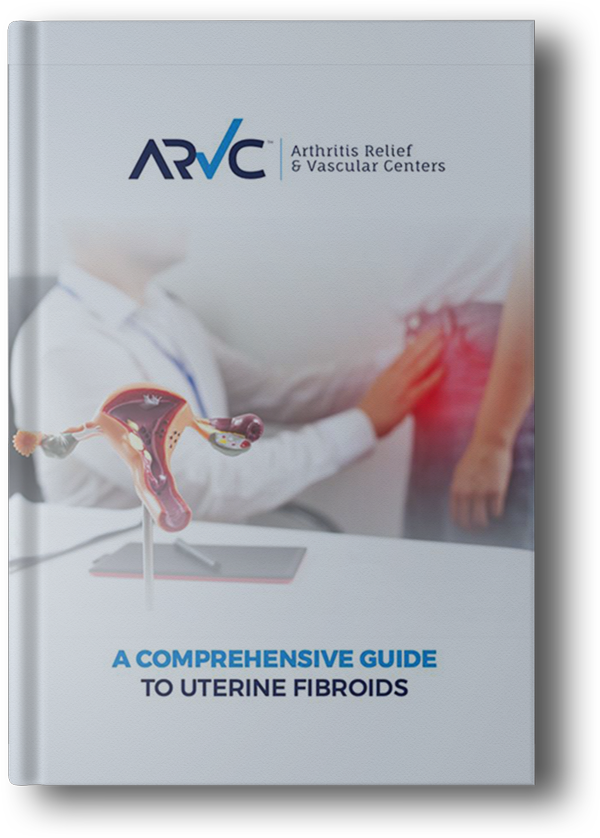Dealing with uterine fibroids can be challenging, and it’s natural to seek out ways to manage symptoms and improve your well-being. Many women explore natural remedies, but what does the science say, and what are your options when these approaches aren’t enough? At Arthritis Relief & Vascular Centers (ARVC), we believe in empowering you with clear information so you can make the best decisions for your health.
Uterine Fibroids: A Common Concern Affecting Millions
Did you know that uterine fibroids are incredibly common?
Some studies show that up to 80% of women may develop fibroids by the time they reach age 50, with the condition being most prevalent in women in their 30s, 40s, and early 50s. In fact, roughly 2 out of every 3 women will develop at least one fibroid at some point in their lives. If you’re navigating this, you’re certainly not alone.

Uterine fibroids are non-cancerous growths that develop in or on the walls of the uterus. While benign, they can lead to a range of uncomfortable symptoms for some, including heavy menstrual bleeding, significant pelvic pain or pressure, frequent urination, bloating, and backache.
Exploring Natural Approaches for Fibroid Symptom Management
- Dietary Changes: A balanced, fiber-rich diet abundant in fruits, vegetables, and whole grains is often recommended. Incorporating foods with omega-3 fatty acids (like fish and flaxseeds) may help manage inflammation. Conversely, limiting processed foods, excessive red meat, high-fat dairy, alcohol, and caffeine is frequently suggested. Some early research has also looked into the potential benefits of Vitamin D, Vitamin A, and compounds found in green tea (EGCG).
- Maintaining a Healthy Weight: Obesity is a risk factor for fibroids, as fat cells produce estrogen, which can contribute to fibroid growth. Managing weight through diet and exercise may be beneficial.
- Regular, Gentle Exercise: Low-impact activities like walking, swimming, or cycling can boost endorphins, potentially helping with pain and overall well-being.
- Stress Management: Chronic stress can impact health in numerous ways. Practices like yoga, meditation, and mindfulness may help manage stress levels.
- Herbal Remedies and Supplements (Use with Caution): Some commonly mentioned remedies include chasteberry (Vitex), green tea extract, dandelion root tea, milk thistle, curcumin (from turmeric), and resveratrol.
Important Note: It is crucial to consult with your doctor or a qualified healthcare professional before trying any herbal remedies or supplements, as they can have side effects and interact with medications.
Other approaches some find soothing include acupuncture or applying local heat.
The Scientific Perspective on Natural Remedies
While these natural lifestyle strategies can support overall health and may offer comfort for mild symptoms, what does the science say about their effectiveness in treating or shrinking fibroids?
The reality is that there is currently limited high-quality scientific evidence to definitively support the effectiveness of most natural remedies…
While some specific compounds have shown potential in preliminary lab studies or small trials, much more rigorous research is needed.
It’s also vital to remember how serious fibroid conditions can become. Some women develop numerous fibroids – sometimes more than 20 – and individual fibroids can grow to be as large as a melon…
When Natural Remedies Aren’t Enough: Clinically Proven Solutions at ARVC

If natural approaches aren’t providing sufficient relief, or if your fibroid symptoms are significantly impacting your quality of life, it’s important to know that effective, clinically proven medical treatments are available – and many don’t involve major surgery.
At Arthritis Relief & Vascular Centers, we specialize in advanced, minimally invasive procedures. For uterine fibroids, one such option is Uterine Fibroid Embolization (UFE).
UFE is a minimally invasive procedure performed by our expert Interventional Radiologists… This FDA-approved procedure works by significantly reducing the blood supply to the fibroids, causing them to shrink and, consequently, symptoms to resolve or greatly improve.
- Minimally Invasive: Tiny incision, not major surgery.
- Preserves the Uterus
- Fertility Preservation: May benefit women who wish to conceive in the future.
- High Success Rate: Over 90% find relief from symptoms.
- Quicker Recovery
- Addresses All Fibroids
Take Control of Your Fibroid Symptoms with ARVC
While exploring natural lifestyle approaches can be a positive part of managing your well-being, it’s crucial to understand their limitations, especially for moderate to severe fibroid symptoms.
If fibroids are impacting your life, don’t wait to seek expert medical advice. At Arthritis Relief & Vascular Centers, our compassionate team can help you understand your condition and explore all available treatment avenues, including innovative, minimally invasive procedures like Uterine Fibroid Embolization.
Disclaimer: The information in this blog post is for general informational purposes only and does not constitute medical advice…


